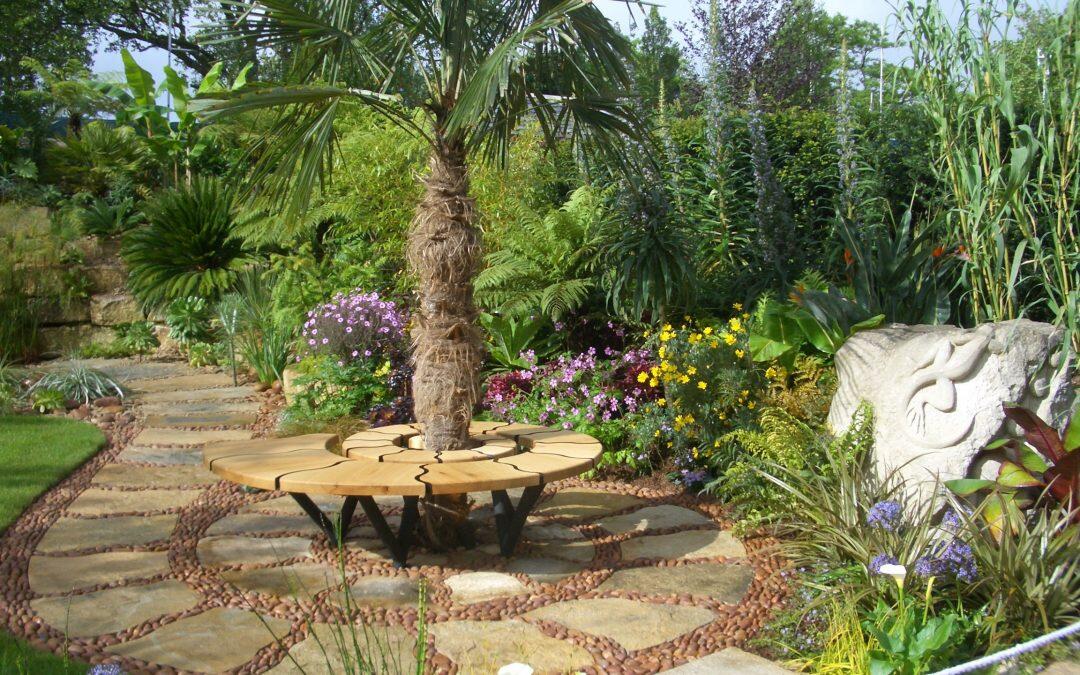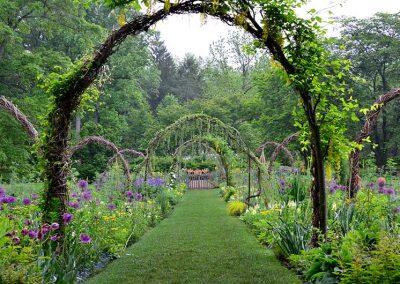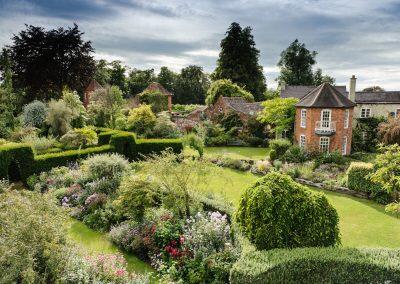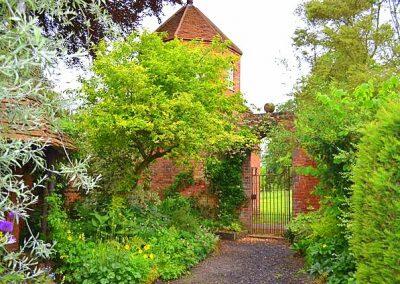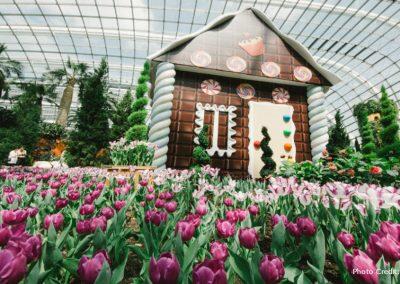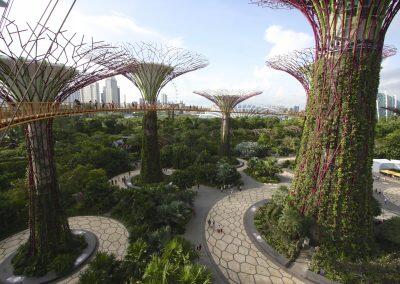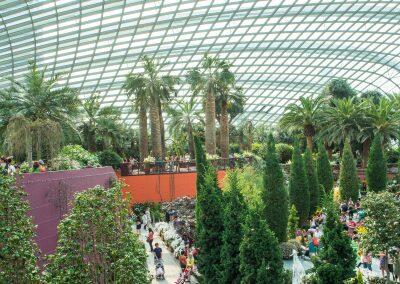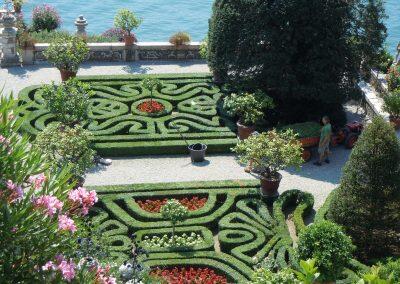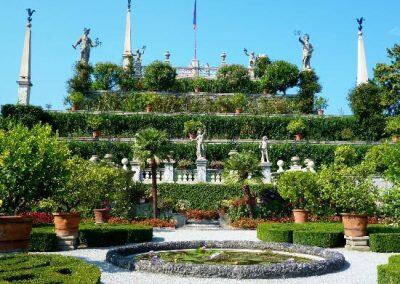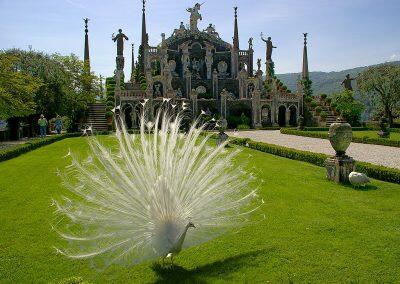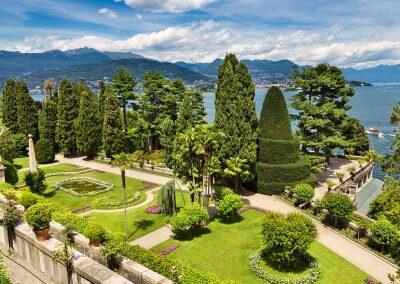Money gardens? what does this stand for?… Well, it’s about enjoying nature through gardens, and making money at the same time. Environmental solutions, measures, rules, and investments are always profitable, on all levels, and they are not a “loss” as some might think.
Here are some examples of beautiful gardens that prove the “money gardens” concept, bringing profits to both, governments and private institutions:
1- Stone House Cottage Garden (England)
A romantic garden set in an old walled kitchen garden. The area is only 1 acre but seems much larger- hedges divide it into different compartments and create diverse habitats in which to grow the vast selection of rare and unusual plants that thrive.
Unusual brick follies adorn the walls and these in turn, are covered with a multitude of climbing and twining plants in which the garden specialises.
The garden acts as a shop window for the adjoining nursery. Here you can buy plants of almost all that grow in the garden – the list of shrubs and climbers includes many hardly ever seen for sale in this country.
2- Gardens by the Bay (Singapore)
Singapore’s waterfront Gardens by the Bay complex, built at a cost of around $1 billion, attracted about 6.4 million visitors last year, a number expected to climb to eight million this year, VancouverSun reports.
3- Isola Bella (Lago Maggiore, Italy)
“For however fanciful and fantastic the Isola Bella may be, and is, it still is beautiful.” This is what Charles Dickens said about the gardens in 1844.

